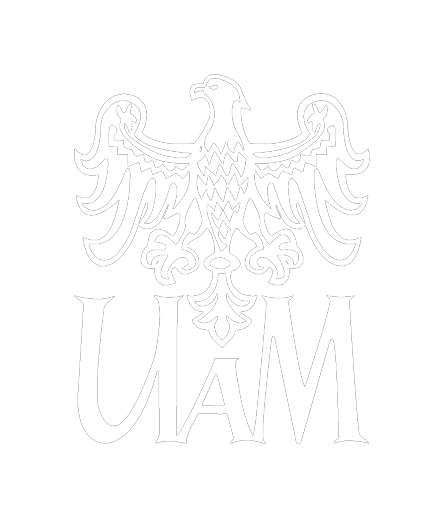 In this study, dispersal strategies of two phytophagous eriophyoid mite species: Aceria tosichella (wheat curl mite, WCM) and Abacarus hystrix (cereal rust mite, CRM) were investigated. We estimated their dispersal success using different dispersal agents: wind and vectors. Results showed that both species dispersed mainly with wind currents whereas phoretic dispersal was rather accidental, as the majority of eriophyoid mite species do not possess clear morphological or behavioural adaptations for phoresy. Additionally, WCM was found to have a higher dispersal success than CRM. Thus, this study contributes to our understanding of the high invasive potential of WCM.
In this study, dispersal strategies of two phytophagous eriophyoid mite species: Aceria tosichella (wheat curl mite, WCM) and Abacarus hystrix (cereal rust mite, CRM) were investigated. We estimated their dispersal success using different dispersal agents: wind and vectors. Results showed that both species dispersed mainly with wind currents whereas phoretic dispersal was rather accidental, as the majority of eriophyoid mite species do not possess clear morphological or behavioural adaptations for phoresy. Additionally, WCM was found to have a higher dispersal success than CRM. Thus, this study contributes to our understanding of the high invasive potential of WCM.
The paper is part of Agnieszka’s PhD thesis. Congratulations!
The study was supported by National Science Centre Poland (NSC) grant no. 2019/35/N/ NZ8/02639 to AM. AS was involved in this work while supported by the (NSC) grant 2016/21/B/ NZ8/00786. NSC funded the scholarship no. 2018/28/T/NZ8/00060 to AM and scholarship no. 2019/32/T/ NZ8/00151 to AL. AL was funded by Adam Mickiewicz University Foundation. AM & AL scholarships were founded by European Social Funds POWR.03.02.00–00–I006/17.
Majer, A., Laska, A., Hein, G., Kuczyński L., Skoracka A. 2021. Hitchhiking or hang gliding? Dispersal strategies of two cereal-feeding eriophyoid mite species. Exp Appl Acarol. https://doi.org/10.1007/s10493-021-00661-z

